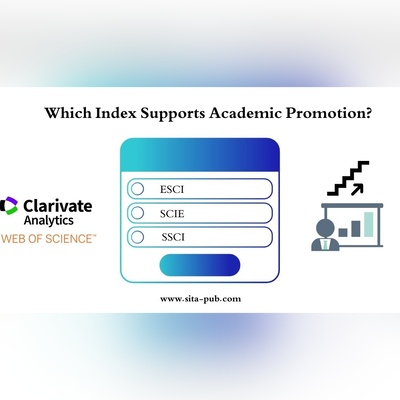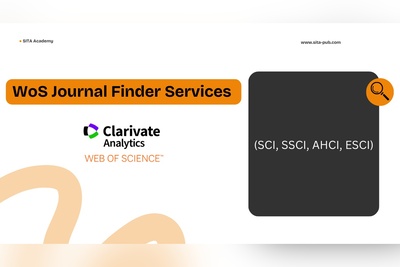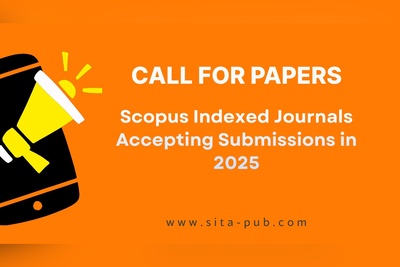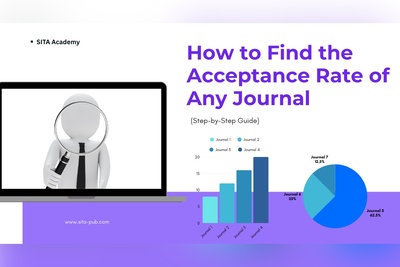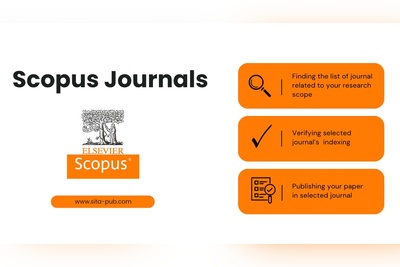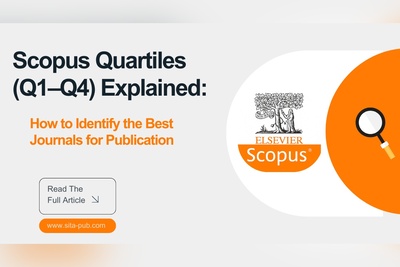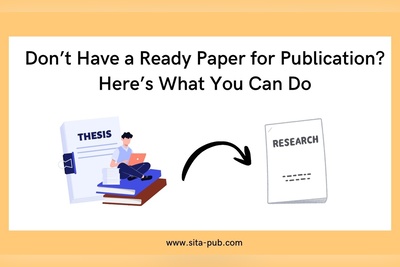How to Identify the Right SCI/SSCI/SCIE Journal for Your Paper
Discover the differences between SCI, SSCI, and SCIE journals and learn how to identify the right journal for your research. Get practical guidance on metrics, indexing, and journal selection to maximize your publication success.
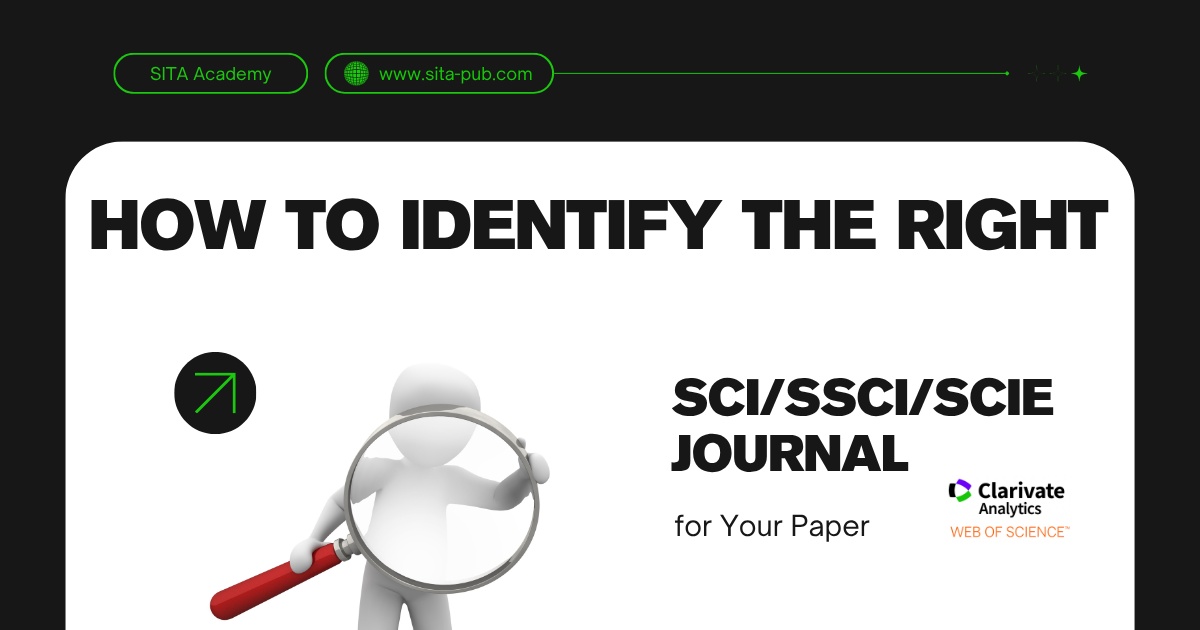
Publishing research in reputable journals is a critical step for researchers worldwide. Scholars and academics from countries including the United States, United Kingdom, China, Canada, South Korea, Philippines, France, Australia, Turkey, Singapore, Malaysia, Germany, Belgium, Taiwan, Netherlands, Japan, Indonesia, Saudi Arabia, Hong Kong, Vietnam, Ireland, Brazil, Finland, and many other countries are eager to publish their work in high-impact journals indexed in SCI, SSCI, or SCIE.
In this guide, we will explain the differences between SCI, SSCI, and SCIE, show you how to identify which index a journal belongs to, discuss the key metrics, and provide practical advice for selecting the most suitable journal for your research.
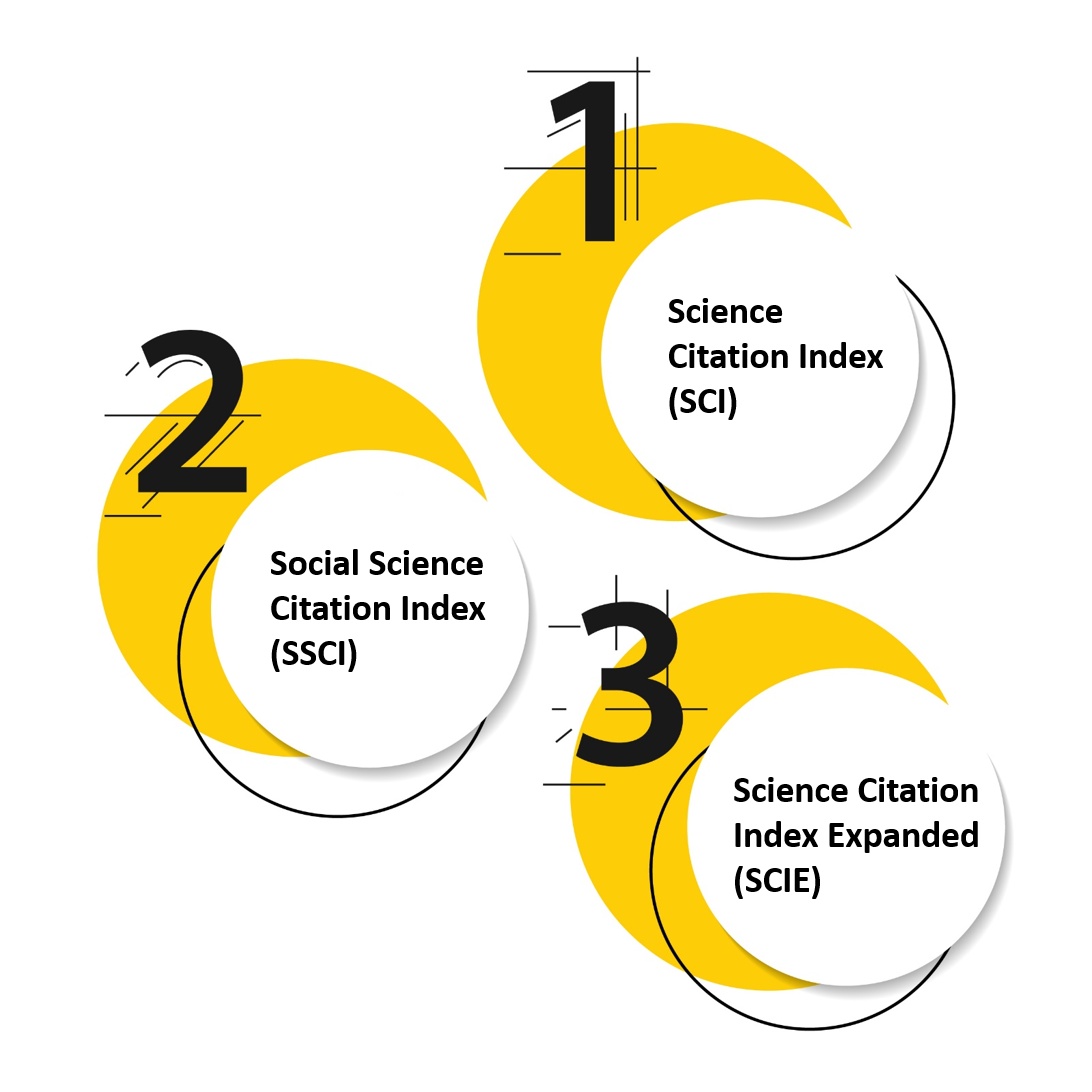
Understanding SCI, SSCI, and SCIE
Science Citation Index (SCI)
The Science Citation Index (SCI) is a renowned database managed by Web of Science (WoS) that covers high-quality journals in the natural sciences, engineering, and medical research. Journals indexed in SCI are widely recognized for their rigorous peer-review process, high impact, and contribution to the global scientific community.
Key Features of SCI Journals:
Focus on natural sciences, including physics, chemistry, biology, and engineering.
Indexed in Web of Science for international visibility.
Metrics include Impact Factor, H-index, and citation counts, which help evaluate journal quality.
Publishing in an SCI journal signals that your research is credible, rigorous, and contributes significantly to your field.
Social Science Citation Index (SSCI)
The Social Science Citation Index (SSCI) focuses on social sciences, including economics, psychology, sociology, education, and management. It tracks journals that contribute significantly to social science research and are widely recognized for scholarly excellence.
Key Features of SSCI Journals:
Focus on social sciences disciplines.
Indexed in WoS for international academic recognition.
Metrics: Journal Impact Factor, Eigenfactor, and citation analysis.
If your research is in social sciences, publishing in an SSCI journal ensures that it reaches the right audience and is recognized in the global academic community.
Science Citation Index Expanded (SCIE)
The Science Citation Index Expanded (SCIE) is an extended version of SCI, covering a broader range of journals in natural sciences and interdisciplinary research. SCIE includes additional journals beyond the core SCI list, providing more options for researchers seeking publication in specialized fields.
Key Features of SCIE Journals:
Expanded coverage of natural sciences and interdisciplinary research.
Indexed in Web of Science.
Same metrics as SCI, including Impact Factor, H-index, and citation counts.
SCIE is ideal for researchers whose work spans multiple scientific disciplines or emerging fields.
Key Differences Between SCI, SSCI, and SCIE
Understanding the differences between these indices is critical for selecting the right journal.
Feature | SCI | SCIE | SSCI |
Scope | Natural sciences | Expanded natural sciences & interdisciplinary | Social sciences |
Number of journals | Core journals | Larger set, more specialized | Social sciences journals |
Impact Metrics | IF, H-index, citations | IF, H-index, citations | IF, Eigenfactor, citations |
Target Audience | Researchers in natural sciences | Interdisciplinary researchers | Social science scholars |
Submission Rigor | High | High | High |
Practical Implication:
Choose SCI if your research is traditional in natural sciences.
Choose SCIE if your research is interdisciplinary or emerging.
Choose SSCI if your research is in social sciences.
How to Identify Which Index a Journal Belongs To
Determining whether a journal is SCI, SSCI, or SCIE is crucial before submission. Here’s a practical step-by-step guide:
Check the Web of Science Master Journal List:
Visit the WoS Master Journal List and search for the journal by title.
The index type (SCI, SSCI, SCIE, AHCI, ESCI) will be listed clearly.
Review Journal Website Information:
Most reputable journals display their indexing status on their homepage.
Look for SCI, SCIE, SSCI, or other WoS mentions.
Examine Past Publications:
Review recently published articles to see if they are cited in WoS-indexed research.
This helps confirm the journal’s credibility and scope.
Consider Publisher Reputation:
Established publishers like Springer, Elsevier, Taylor & Francis, and Wiley typically have well-indexed journals.
Tip: Avoid predatory journals claiming false indexing. Always verify in WoS.
Metrics Used in SCI, SSCI, and SCIE
Once you know a journal’s index, metrics help evaluate its quality and relevance for your research. Key metrics include:
Impact Factor (IF): Average citations received per article in a journal over the previous two years.
H-index: Measures journal influence based on number of publications and citations.
Eigenfactor: Evaluates a journal’s overall importance within the scientific network.
CiteScore: Alternative to IF, calculated by Scopus, often complementary.
Cites per Document & SNIP: Normalized metrics to account for field-specific citation practices.

Using these metrics, you can shortlist journals that are both high-impact and relevant to your research field.
Other Web of Science Indices
Beyond SCI, SSCI, and SCIE, WoS includes other indices that may suit specific research types:
Emerging Sources Citation Index (ESCI):
Covers newer journals under evaluation for full indexing.
Useful for interdisciplinary or emerging research fields.
Arts & Humanities Citation Index (AHCI):
Focused on arts, humanities, and related fields.
Knowing these indices helps you broaden your publication options and target journals that match your research type and audience.
Practical Tips for Selecting the Right Journal
Checklist Step | Action / Tip | Which Journal to Choose |
Match Research Scope | Ensure the journal’s focus aligns with your paper’s topic. | Natural sciences → SCIInterdisciplinary/expanded science → SCIESocial sciences → SSCI |
Evaluate Metrics | Consider Impact Factor, H-index, Eigenfactor, Cites per Document. | Higher metrics → higher visibility and credibility |
Check Indexing | Confirm indexing via Web of Science Master Journal List. | Choose SCI / SCIE / SSCI depending on your research field |
Review Audience | Consider who reads the journal and potential reach. | Global science audience → SCI / SCIESocial science scholars → SSCI |
Look at Previous Papers | Examine recent articles to ensure scope and quality fit. | Helps confirm relevance to journal and audience |
Avoid Predatory Journals | Watch for journals promising fast publication, unclear indexing, or hidden fees. | Stick to verified SCI / SCIE / SSCI journals |
Consider Open Access | Open-access journals may increase visibility and citations. | Optional depending on your goals |
Use Professional Support | Seek guidance for journal selection, formatting, editing, and submission. | Services like SITA Academy maximize chances of acceptance |
Get Published in Top WoS Journals with SITA Academy
Maximize your chances of acceptance in SCI, SSCI, and SCIE journals with SITA Academy’s full publication support services. Our expert team helps you every step of the way:
Journal Recommendation: We suggest journals that perfectly match your research scope.
Manuscript Formatting: We format your paper according to the journal’s specific guidelines.
Submission Assistance: We handle the submission process and ensure all required materials are included.
Additional Services:
Native English editing for clarity and readability
Plagiarism checking and similarity reduction
Professional cover letter writing

Verified Contact Channels
If you have any questions, inquiries, or would like to learn more about our services, please don't hesitate to reach out to us. Our dedicated team is ready to assist you.

